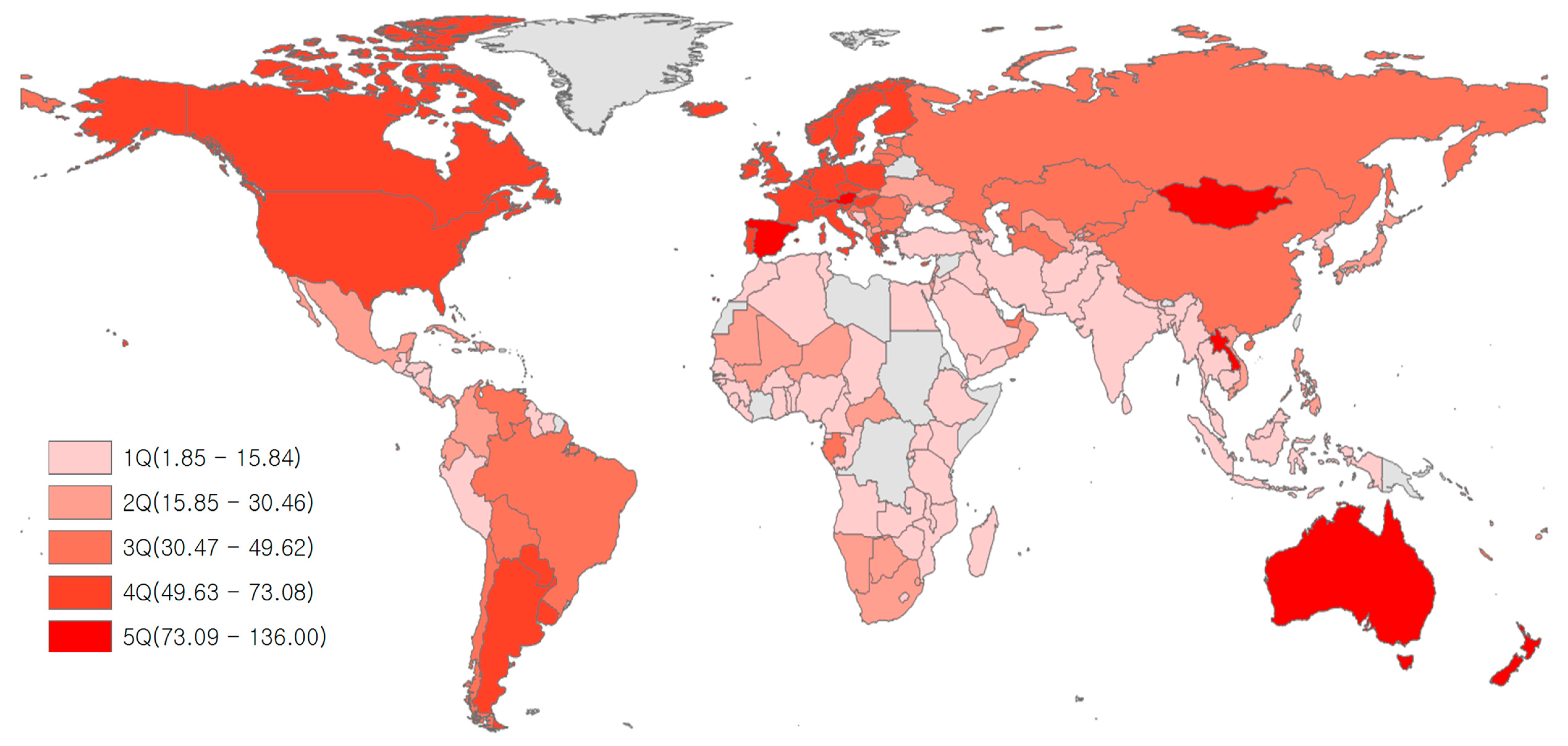
In response to changing consumer preferences, traditional meat producers are increasingly adding plant-based alternatives to their product ranges. According to global consultancy AT Kearney, 60 percent of meat eaten globally in 2040 will be from plant-based or lab-grown alternatives. Investment firm UBS predicts that annual sales in the plant-based meat market will grow from $4.6 billion in 2018 to $85 billion in 2030. consumers who have tried plant-based alternatives has also risen to 70 percent. Nonetheless, and despite projections of growing meat consumption, 23 percent of Americans reported reducing the amount of meat they ate in 2019. The number of self-identifying vegans increased from just 2 to 3 percent between 20. The number of Americans identifying as vegetarians has remained roughly the same at 6 percent since 1999, according to Gallup surveys. While consumption of broiler chickens and pork is expected to rise, Americans are expected to eat slightly smaller amounts of beef and turkey by 2030. meat consumption is expected to increase by 1 percent each year through 2023, according to the recent Packaged Facts report Global Meat & Poultry Trends. Globally, meat consumption increased by 58 percent between 19. Is Meat Consumption Increasing or Decreasing? According to data by the USDA and Economic Research Service, Americans are expected to eat 101.1 pounds of broiler chickens per capita by 2030. In 2020 Americans ate 96.4 pounds of broiler chickens per capita. Over the last three decades, chicken overtook beef and pork to become the most commonly consumed meat product in the U.S. What Is the Most Consumed Meat in the U.S.? Urban consumers are more likely to eat lamb than consumers based in rural areas. Almost 20 percent of lamb consumption in the U.S. has fallen from nearly five pounds to about one pound per capita. Since the 1960s the consumption of lamb and mutton in the U.S. For decades, consumers have been choosing chicken over beef due to health and environmental concerns however, eating farmed chickens has also been shown to be problematic for several reasons. The growing popularity of chicken in the U.S. Since 1961 the consumption of poultry has more than tripled. According to the USDA, chicken consumption has increased by 540 percent since 1910, from around 10.1 pounds per capita to 65.2 pounds in 2018. In 2017 Americans consumed a record 122.75 pounds of poultry per capita. Poultry is defined as domestic fowl, including chickens, turkeys, and geese. Census data and Simmons National Consumer Survey (NHCS) found that 268 million Americans ate bacon in 2020, with over 16 million eating five pounds of bacon or more during the year. The latest data shows that Americans eat an annual 66.18 pounds of pork per capita. fluctuated between 72.64 and 53.19 pounds per capita between 19. had dropped to under 80 pounds per capita, but then started rising again. In 2013 beef and buffalo consumption in the U.S. In the late 1970s beef consumption started falling, due to scientific findings concerning the health impacts of saturated fats. In 2017 Americans consumed 81.74 pounds of beef and buffalo per capita, a 37 percent decrease from 1976, when Americans had reached a record consumption of 129.65 pounds per capita. has the world’s second-highest consumption of beef and buffalo after Argentina. eat about a third less meat than men, and around 42 percent less beef. Department of Agriculture (USDA) reported that Americans are exceeding the amount of meat recommended by national dietary guidelines, although women in the U.S. The total amount of meat consumed in the U.S. How much meat do Americans eat, and what are the impacts of their meat consumption? How Much Meat Is Consumed in the U.S.?Īmericans consume around 274 pounds of meat per year on average, not accounting for seafood and fish, or individual food waste. As of 2017, America had the second-highest meat consumption in the world, surpassed only by Hong Kong. consumers under the age of 50 have already tried a plant-based meat product. The number of companies working on meat alternatives in the U.S.

Burgers, bacon, steaks, and other meat products have come under scrutiny in recent years due to their impact on health, sustainability, and social justice issues.


 0 kommentar(er)
0 kommentar(er)
